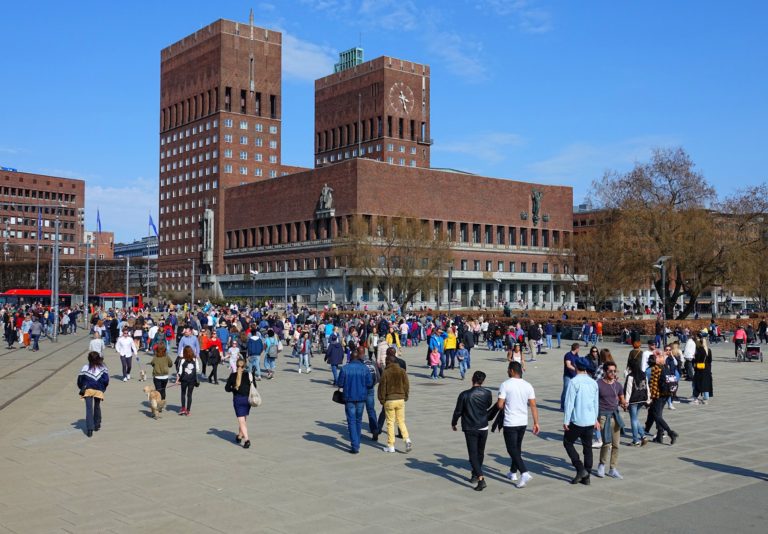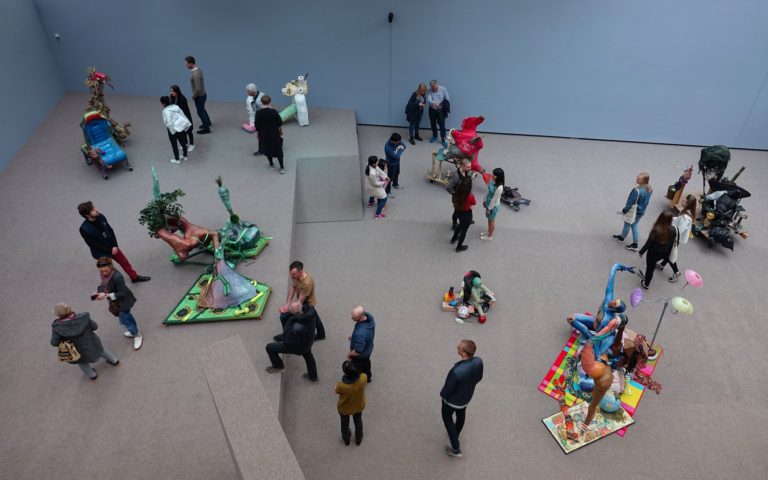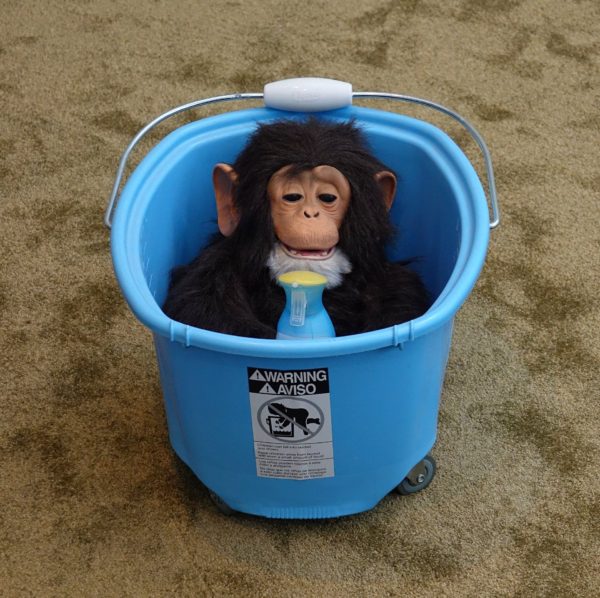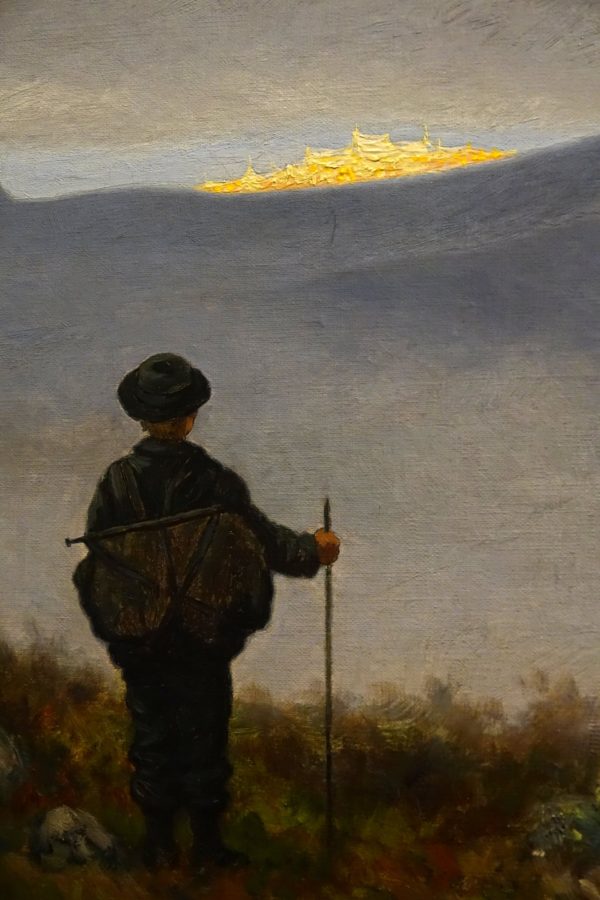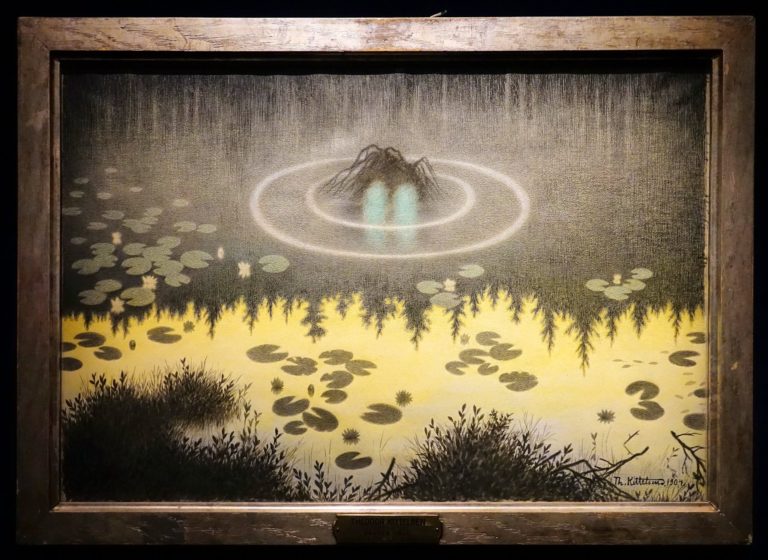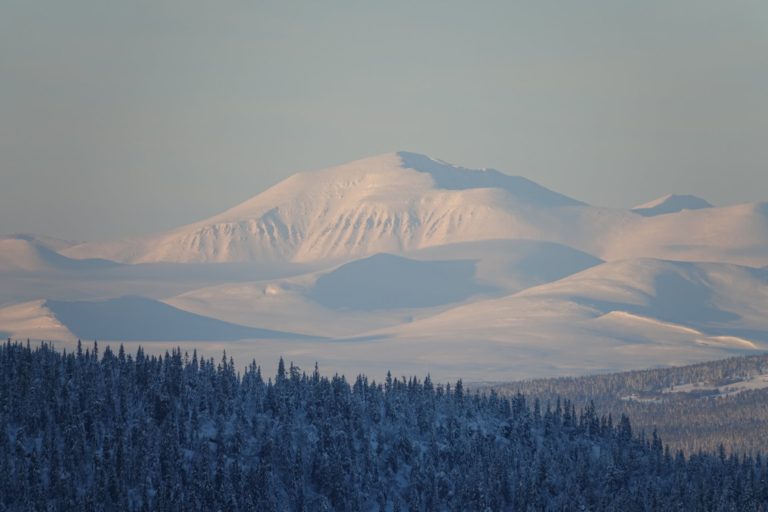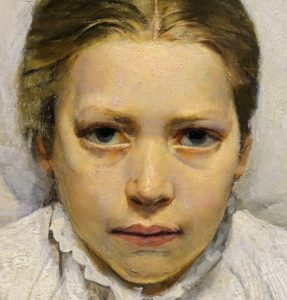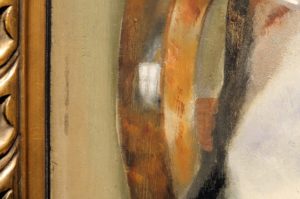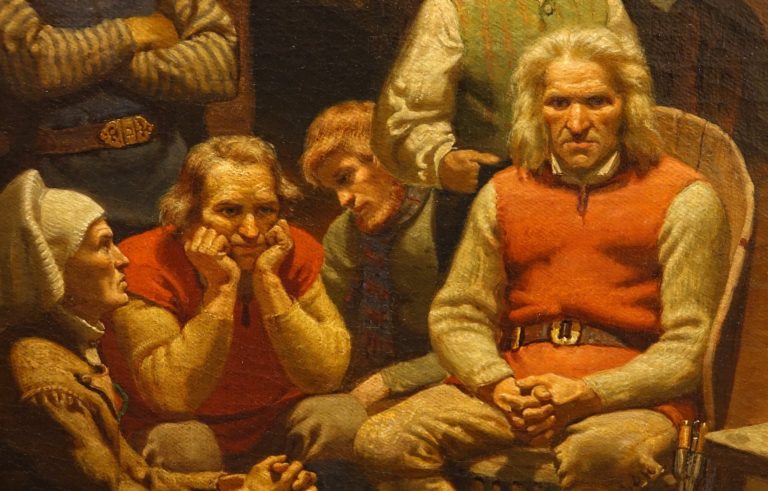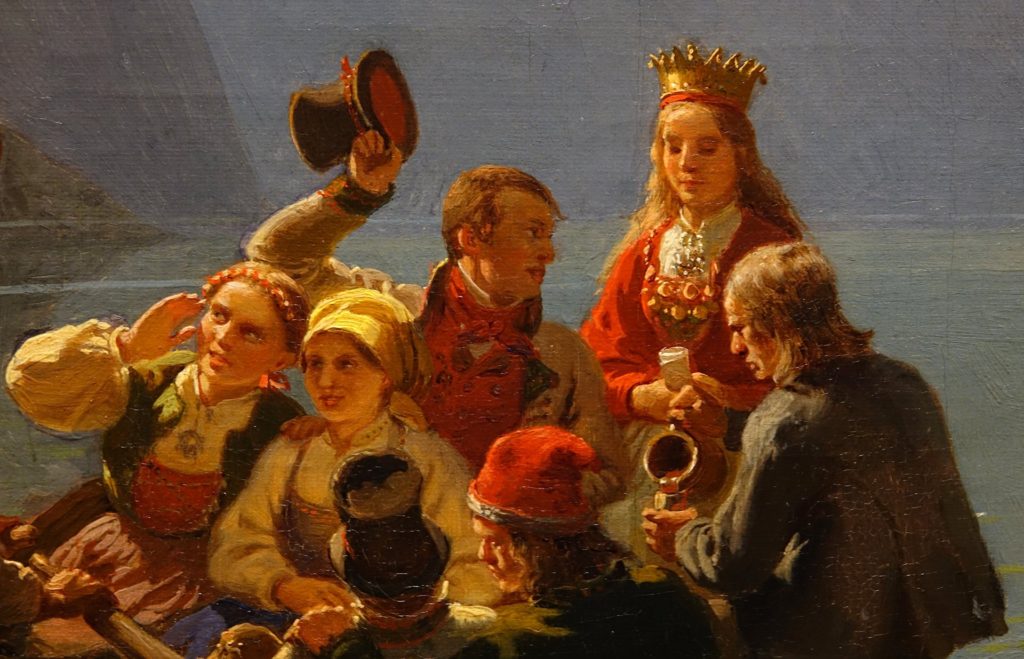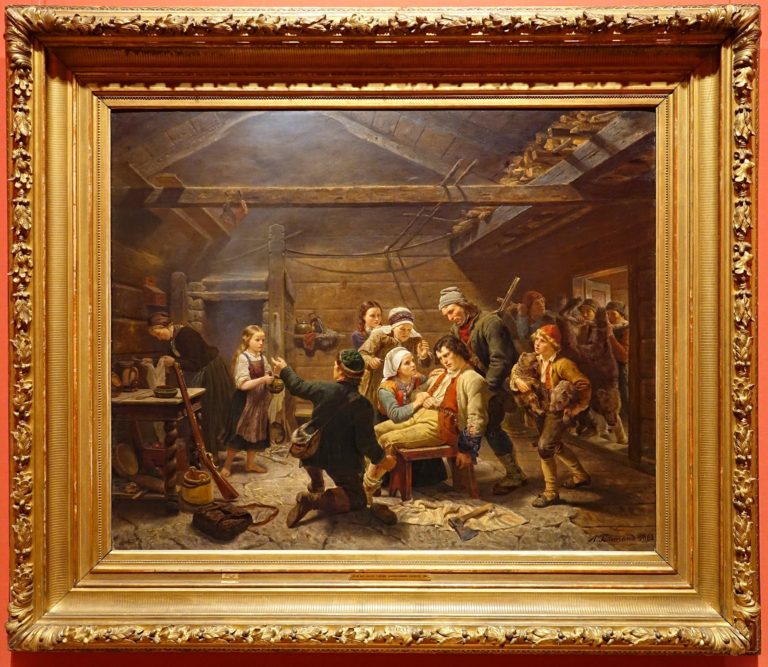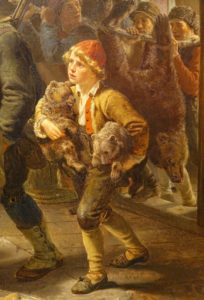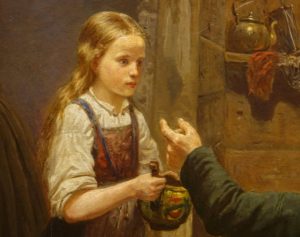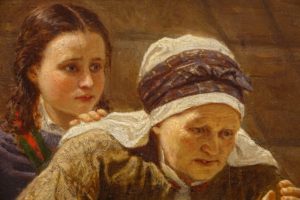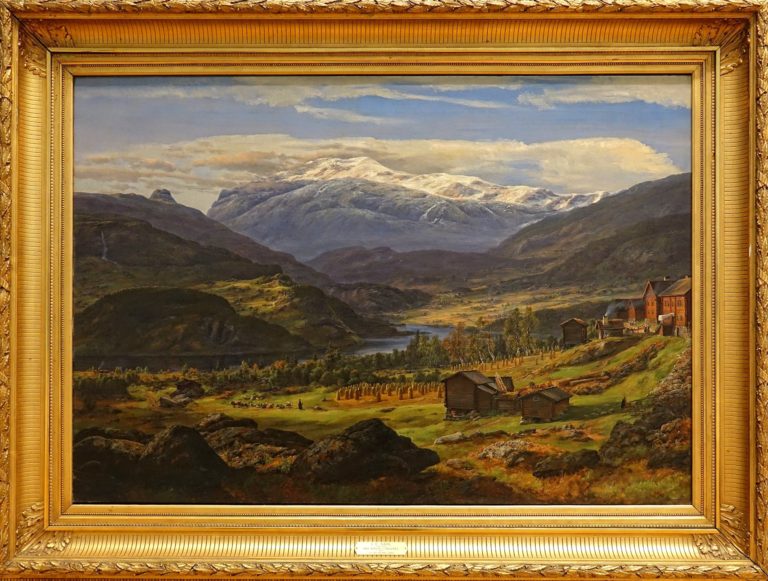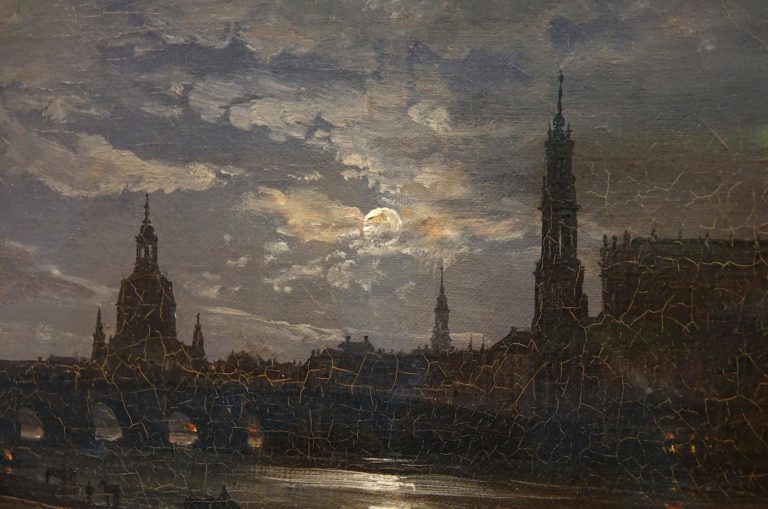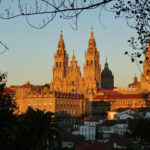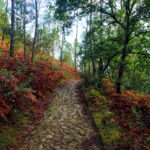Oslo was my home for more than a decade, and I still live nearby. If you want advice on visiting the city, you could do worse than listening to me. Occasionally I’ll give you tips about Norway’s capital, and today I bring you a couple of art museums. If you’re interested in other particular aspects of visiting Oslo, just tell me.
Note: All the images here can be opened larger by clicking/tapping on them.
Every year on one of April’s many Sundays, the event “Be a tourist in your own city” takes place in Oslo. No entrance fees are charged at most museums on this day.
Whenever I pay for a ticket to anything, I tend to really squeeze the most out of my visit. That goes even if I find that I don’t really like the place. This typically leads to museum fatigue, which never is a good thing. Of course, with free entrance for everyone, there’s a risk there will be lots of people around. That certainly goes for this event. I still like it, because when I pay nothing, I can mix a number of short visits to different places into a full day of really varied experiences. On this brilliant day I made brief visits to six different museums.
Astrup Fearnley Museum
This one was the first to open on this Sunday, so I went there in the morning. I’m no connoiseur of contemporary art, but it never fails to give me a good chuckle or two. It’s incredibly what the human brain can come up with, given enough free time and the right kind of inspiration/drugs.
The building itself can almost be considered a part of the collection. It’s located in the fancy Aker Brygge/Tjuvholmen area, a shopping and dining area on the waterfront. If the museum is closed, you can still enjoy an open-air art exhibition. It’s not actually part of the museum, but it’s free and more than crazy enough. Two giant boobs are supposed to look like eyes. A black metallic Snow White and seven dwarfs just stand around. And there’s plenty more.
I entered the museum, ready for anything. Or so I thought.
Normally the place will have just a few visitors walking around, pretentious as can be, interpreting art way beyond where a logical mind would go. But on a day with free entrance, there’s a huge crowd of average Norwegians. We tend to react to anything with full honesty, and this even goes for contemporary art. People were generally pointing and laughing, especially at works involving lots of nudity. Which is a majority of the things on display here, really. This reaction visibly annoyed the serious-looking art students who work or volunteer as guides here, clearly dreaming of one day having their own works bought for an insane amount of money and displayed in a place like this.
Anyway, here’s the first thing I encountered. I’m not kidding.
It’s Ryan Trecartin’s “Abraham with the long arm”. You would think it’s a glimpse into a future where humans have evolved longer arms for better selfies. But no. Ryan himself says … “Abraham is the resident jerk. Giving lampoon portrayal of the prototypical “afro white guy”, he’s all reachy-gropy gross, a genetic aberration bred for lechery.” So there you have it.
Here’s a view from the second floor, showing more jerky art that mingles with sceptical museum-goers.
I like animals, so I was happy to first discover a cute chimpanzee hiding in a bucket (a Lizzie Fitch production), and then a trio of sheep that Damien Hirst for some reason decided to crucify inside giant containers filled with formal-dehyde.
This piece is called “God Alone Knows”, and that’s for sure. The claim is that … “staged with a symbolic animal, the sheep, this work is an emotionally charged memento mori that unites elements from religion and sciences through art.” Well, obviously.
Inspired by this guy, a snowman that Nate Lowman made, I decided to leave the museum. It had been fun, but my hunger for contemporary art was now saturated.

And now … The National Gallery.
The National Gallery of Norway is just a 15 minute walk from Astrup Fearnley. Until 2020 it’s a lovely old-style gallery type of museum. After that, the collection will be relocated to a radical new building next to Oslo’s Opera House. I’m sure the new museum will be impressive, but enjoy the old grandeur while you can.
Entering, I quickly made my way up to the Fairytale Room to say hello to one of my absolute favorites, “Soria Moria”, by Theodor Kittelsen.
Although it was painted in the 1800s, I still think this piece of art is all about me. I often think of it when I wander in some faraway country, always seeking that golden place I can imagine must be just beyond the horizon.
There’s just something about it.
Another work in the same room and by the same painter is “Nøkken”. It’s one scary painting!
Nøkken is a water spirit that you just can tell will not be up to much good. In English, the closest name for the concept of Nøkken is the Nix. He is related to other super Nordic-sounding fairytale figures like Fossegrimen, Kvernknurren, and Draugen, which is the salt water version.
The thought of this creature will make you think twice about going swimming in a forest lake at night. Most likely that was exactly the original intention of inventing the tale of this entity.
I recommend the room very much. You’ll find it upstairs, at the southern end of the building. The entrance is completely dark. Many visitors probably miss it, thinking it’s just a janitor’s closet or something. Make sure you find it.
Moving on, it’s no surprise that much of Norway’s national gallery consists of paintings showing beautiful and dramatic scenery. These works played a major part in building national pride amongst Norwegians during the time we were part of a “union” with Sweden.
Back then, Norway was governed from Stockholm more like a colony than a union partner. Few Norwegians ever left their own valley or fjord in that time, and most of them couldn’t care less what country they were part of. In the larger towns/cities, however, people could go and look at paintings showing them places all over Norway. This gave them an appreciation for Norway as something unique, something worthy of independence.
The mountains and other natural features shown in many of these paintings have been exaggerated, to make them even taller and more impressive than they are in real life. Whether that is art or propaganda is for you to decide.
A good example of a somewhat larger-than-life landscape is “Winter night in the mountains”/”Vinternatt i Rondane”, by Harald Sohlberg.
The artist must have really felt the greatness of nature on a nocturnal hike or skiing trip. Maybe he even got a bit carried away. No mountain in Norway looks like this. As if to emphasize the religious-like experience he must have had in the mountains, he even added a cross near the top of the highest peak.
Here’s a photo I took of the same mountains earlier this year, from a different angle.
Some Norwegian painters didn’t like the outdoors so much, and they spent their time exploring emotions instead of the country. One of them is Christian Krogh, and “Sick Girl”/”Syk pike” from 1881 is arguably his most famous work.
At that time, tuberculosis was a major killer, also of children. During a periode in the 1800s, nearly one in four deaths in Scandinavia were related to the disease. It affected just about everyone in one way or another. Because of that, painting gravely ill people was something many artists did. They knew their work would touch lots of people. Often there was also a personal story behind these paintings. Christian Krogh lost a sister to the disease. His attempt at describing death by tuberculosis through his art certainly feels personal.
There are many interesting details here.
The face doesn’t show fear or sorrow. This little girl knows she is dying, and she has come to terms with it. It’s inevitable. Nothing can be done about it. She’ll just watch the world as she goes.
You may think she is looking at us. She is not, this isn’t a portrait. We know this, because there’s a small detail on the chair. It’s easy to miss.
No, wait! There’s a little bit more sadness in this masterpiece from 1848; “Wifi Down”, by Adolph Tidemand. I think you need to see it.
Now we can move on.
I headed back to the section where romantic nationalism rules. The highlight here is “Brudeferd i Hardanger”/”Bridal Party in Hardanger”. The work is a cooperation (I have no idea how painters do that) between Hans Gude and Adolph Tidemand.

What a scene it is. Real life never look so good. The sky is blue, and the mountains surrounding the fjord are covered in brilliant glaciers. A wedding ceremony has just ended at the stave church in the background, and we’re looking at the wedding party, wearing their best traditional clothes.
They’re heading across the fjord for three days of celebrations, having broken out the homebrew already. A guy plays the violin while another guy fires off a salute on a gun fit for an elephant hunt.
The only way they could have made this painting more Norwegian, is if they had added crew of vikings on their way to rediscover and conquer America. And maybe a troll and a moose. But Tidemand and Gude were smart guys, they knew exactly when to stop.
In the next room I found another masterpiece by Tidemand, working alone this time. It’s “The Return of the Bear Hunter”, from 1862.
The painter must have spent a long time on it, and so did I. I’ve seen it before, but this was the first time I gave it more than a quick glance. It’s such an unusual thing to paint, and there’s an awful lot going on in this tiny room full of smoke.
The focal point is a catatonic guy sitting in a chair, surrounded by worried family members.
I’m not sure if they are rich or poor. Their clothes look really nice, but the room is a rather basic kitchen, which at the moment is used as an emergency room.
Looking closer at the guy in the middle, you see that he is bleeding from his arm and from his leg. He may not be a particularly skilled bear hunter. I don’t know why there’s an axe on the floor. Maybe they’re going for a quick fix for the leg problem.
His son, on the other hand, is an extremely skilled bear handler. He casually carries no less than two orphaned bear cubs in his hands.
I’m not sure where he’s taking them, but he seems quite relaxed about it, bordering on being outright bored.
Behind him three men are carrying the mother of the cubs into the room. That’s one extremely recently deceased bear, with blood still dripping down from her mouth onto the doorstep. “Here’s the bear, where do you want us to put it?”.
Nobody seems to care about the bear. The bleeding guy gets all the attention.
A woman, maybe the hunter’s wife, shreds a piece of cloth to patch up the leg with. His daughter brings some water, while his mother and another daughter just look on, not happy at all. Imagine all the words that are being said and all the emotions that are being felt in this room. This can keep you occupied for quite a while.
The attention to detail in many of the paintings is incredible. Especially when you compare them to what typically goes on in modern art. Here’s a work simply named “From Hjelle in Valdres”.
It’s a typical rural Norwegian setting, and it’s easy to just dismiss it as a bit of a postcard. But look closely, and you’ll discover how many delicate movements with a brush that has gone into this painting.
For example, check out the dots behind those rocks on the lower-left center of the painting. You may immediately realize it’s a herd of animals being shepherded, and then you don’t think more about it. But here’s what it actually looks like.
Every cow has a discernible face! Oh, the patience of the painters of that era. There are some long hours in a studio behind this effort. That said, they didn’t have computer games or TV, so there must have been plenty of time to take from.
I rounded off my visit at the National Gallery by browsing through a collection of small-scale works. Here’s “Dresden in moonlight” from 1838. And to be clear; it’s not a giant frame, just a small painting.
This painting tells us two things. First; when you paint small, you can make it look particularly realistic even when seen from just a couple of meters away. Second; it’s a good idea to go to the museums and look at old paintings now rather than later, because their beauty is fading quickly. Here’s a close-up of that same photo.
Clearly, this is slowly turning into pretty flaky stuff. See it while it lasts! And no, I don’t think the decay is caused mainly by people using the flash when they take photos in the museum. All things age, and that’s how it is.
Except maybe Keanu Reeves.
I left the National Gallery and took a tram to the Frogner Park. It’s where the unique Vigeland statues are open to the public around the clock, all year round. That place is worthy of a blog post on its own, but this time I only went there to visit the Oslo City Museum. It’s an interesting place, but probably best if you speak Norwegian and live or have lived in Oslo. There are some universally neat photos there, though. Take a look at this #metoo-ish t-shirt, for example.
The ad, from 1979, claims it to be “the cheeriest sweater of this summer”. I don’t think it would be quite so popular now.
And here’s a rather haunting photo of some workers at a factory in Oslo in 1906. I suspect that they probably didn’t get paid to pose for this.
I spent the last part of the day visiting the Munch Museum, the Nobel Peace Center, and Oslo Reptile Park. They were all just too busy to fully enjoy on this day. Or maybe I was just getting tired and grumpy. Usually they are good places to visit, though, so if you have a couple of hours to spend, I do recommend visiting all three.
By now I was pretty much exhausted, so I just went home and collapsed. That usually means I’ve had a really good day, which certainly was the case now.
Feel free to have me elaborate on any of the above. When people ask me what to do in Norway, I tend to tell them to spend as little time as possible in Oslo. And I mean that. But if you’re a city person or you just like hanging around good museums, Oslo may well please you for a while.
Free Entrance Days
For a cheaper visit to Oslo, time your stay with either “Turist i egen by” in the spring or “Kulturnatt” in the fall. If the links don’t work, try Google.
These events are mainly for locals, but tourists are welcome as well. Pick up a free day pass at the tourist information offices either the day before or on the morning of the event. The pass also gives you free use of all public transportation in all of Oslo during the event.
The Kulturnatt event (“Culture Night”) begins in the afternoon and usually lasts until close to midnight.
If you can’t be in Oslo for the free events, you should look into getting the Oslo Pass. It’s not an amazing deal, but it can save you some money still. A 48 hour pass currently costs roughly 60 euros or 75 US dollars.
As an example, that’s about the same as you would pay for two day passes on public transportation and entrance fees for the National Gallery, the Viking Ship Museum and the Norwegian Museum of Cultural History. So anything you add to that (the Munch Museum, Holmenkollen Ski Jump and Museum, Nobel Peace Center, Holocaust Center, Oslo Reptile Park, and during the summer tanning/swimming at the Frognerbadet open air public bath or island-hopping in the Oslo fjord, to name a few recommendations) will sort of be for free when you have the Oslo Pass.
National Gallery
Find full and updated information here.
Opening hours:
Closed Mondays
10-18 during the week
11-17 week-ends
Admission fees:
Adults 120 NOK
Students 60 NOK
Note: Your ticket to the National Gallery gets you “free” entrance to a few other places on the same day. See their web site for more information on that.
Astrup Fearnley Museum
Find full and updated information here.
Opening hours:
Closed Mondays
12-17 during the week
11-17 week-ends
Admission fees:
Adults 130 NOK
Students 90 NOK
